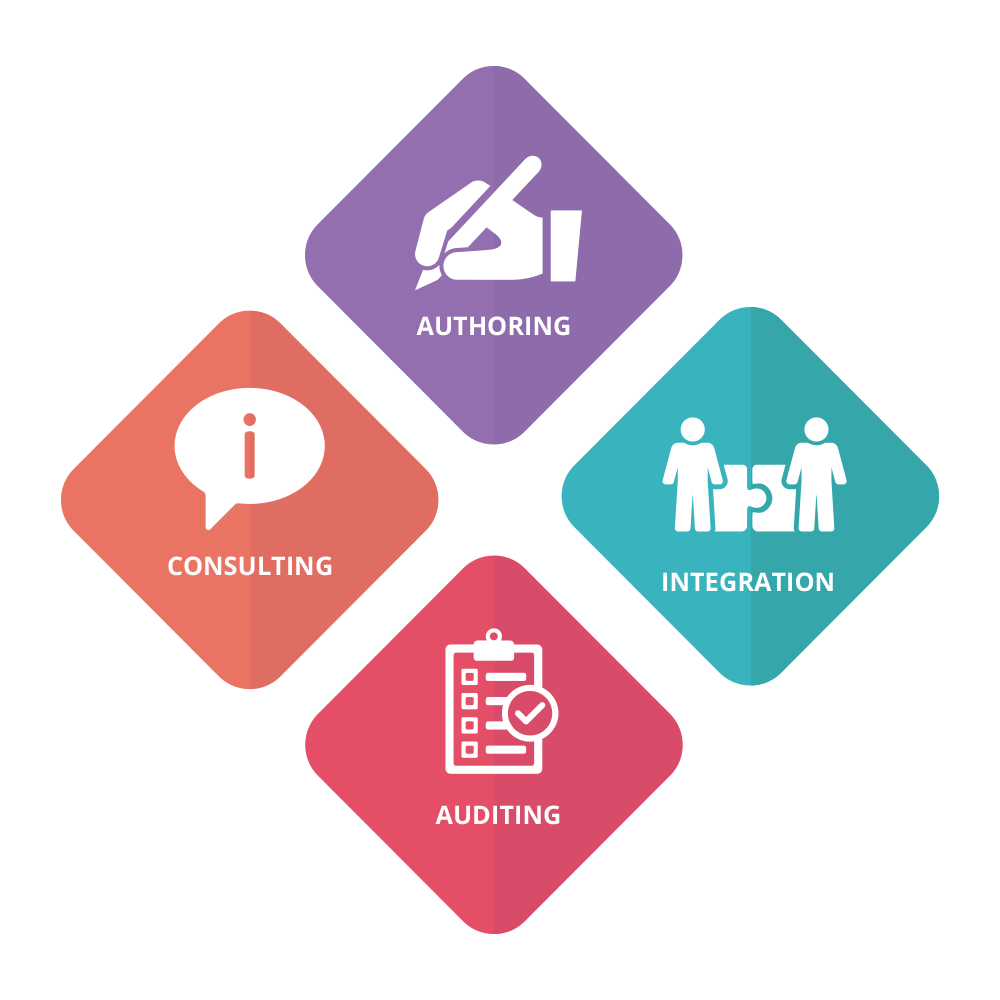BLOODBORNE PATHOGENS TRAINING
This course has been developed to meet the training guidance provided by the Public Health Agency of Canada regarding the transmission of bloodborne pathogens.
Anyone in a workplace with Routine Practices concerning the use and handling of hazardous bloodborne pathogens must be properly trained. This course is geared towards anyone working around bodily fluids, sharps, or other possible routes of transmission, including nurses & medical technicians, tattoo artists, aestheticians, cleaners and a wide variety of different occupations.
This course is entirely online, consists of 5 chapters and a final exam, and takes 1-2 hours to complete. Once you pass your exam, you may print your certificates of completion (wallet & wall sized). Your training also includes a plastic wallet certificate. This card typically ships within one day using Canada Post regular mail.
Standards for bloodborne pathogens training are determined at a federal level in Canada by the Public Health Agency of Canada, but additional standards for your industry or company may vary based on best practices or employer requirements. Worksite Safety’s wallet certificate contains a dedicated section on the back to note additional, workplace-specific training. Don’t hesitate to contact our advisory services team if you have any questions.
| Average Duration: 1.5-2 Hours | |
| Printable Certificate Issued On Completion | |
| Plastic Proof Of Training Card Available | |
| Unlimited Exam Attempts | |
| Accepted Across Canada | |
| Available in English or French | |
| Self-Paced. Available 24/7 | |
| Live Student Support | |
| Permanent Record of Training | |
| User Management Tools Available |
Course Outline
1. Introduction to Bloodborne Pathogens
Learn about the different types of bloodborne pathogens and their associated risks and treatments including HBV (hepatitis B) and HIV (human immunodeficiency virus).
2. Transmission of Bloodborne Pathogens
This chapter covers the transmission of bloodborne pathogens through routes such as contaminated sharps, splash/spray, contaminated inanimate objects, sexual activity, human bites, and injection.
3. Exposure Controls
Students will introduce the different ways to limit or control their exposure to bloodborne pathogens through risk assessments, hand hygiene, personal protective equipment, environmental controls, and administrative controls.
4. Safe Work Practices
Chapter 4 teaches students about effective hand hygiene, PPE (Gloves, gowns, face protection), environmental controls, administrative controls, equipment & workspace cleaning, engineering controls, sharps containers, and handling & disposal of sharps.
5. Post Exposure Management
This final chapter will cover the requirements for post exposure management, treatment of exposure sites, reporting, risk factors, testing, baseline results, HBV, HCV,HIV, and counselling.
Bulk Discounts. Free Tools.
Depending on how many training credits you purchase, you may receive a discount. Once purchased, training credits may be used to assign training to users in your account or held for future use.
In addition to the training that you purchase, you will also have access to a number of free training management tools. These tools allow you to add and manage users in your account, distribute training courses, view training progress, print certificates, view records of training, and create customized certification reports to ensure your users are always in compliance.
Additional Services
We put our team of professionals to work to build solutions that improve results, save time, relieve your budget and keep your people safe. In addition to our training programs, we also provide Consulting Services, Train The Trainer Solutions, Course Authoring, and Integration services.


















